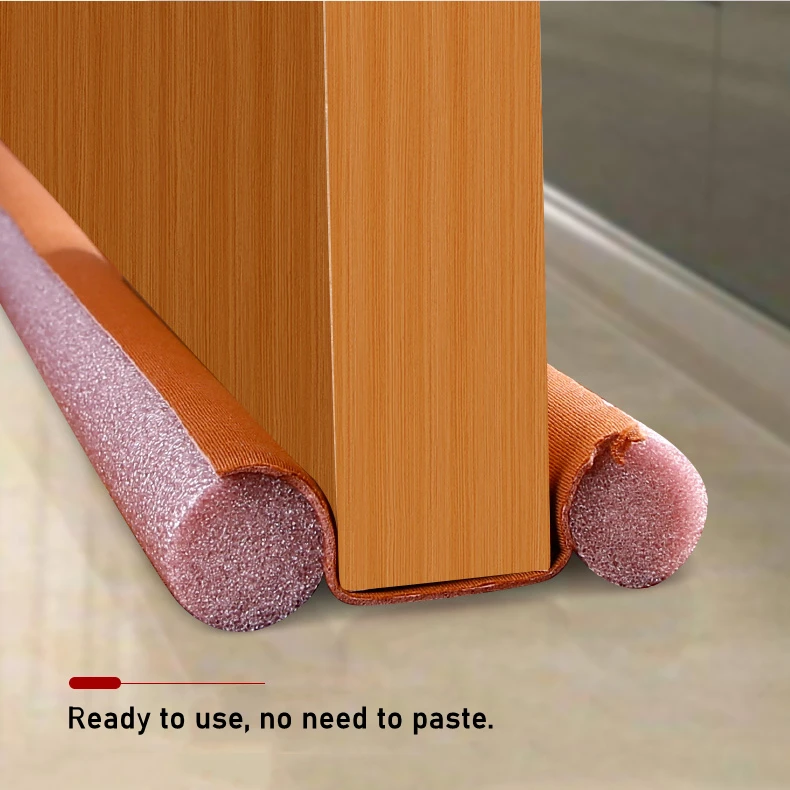Camper Weather Sealing Solutions for Improved Comfort and Protection
Understanding Camper Weather Stripping A Comprehensive Guide
When you own a camper, the joy of adventure comes with a responsibility to maintain its condition, especially when it comes to protecting it from the elements. One essential component that often goes unnoticed but plays a crucial role in preserving your camper's integrity is weather stripping. In this article, we'll delve into what weather stripping is, its importance, types available, maintenance tips, and installation procedures.
What is Weather Stripping?
Weather stripping refers to the material applied around doors, windows, and other openings of your camper to seal gaps and prevent air leaks, moisture entry, and dust infiltration. This barrier helps maintain a stable indoor temperature, making your camping experience more comfortable, regardless of external weather conditions.
Importance of Weather Stripping
1. Temperature Regulation Effective weather stripping helps keep your camper insulated, minimizing heat loss in the winter and preventing unwanted heat gain during the summer. This regulation reduces the need for excessive heating or cooling, saving energy and reducing costs.
2. Moisture Control Campers are inherently prone to moisture due to their mobility and use in various environments. Weather stripping prevents rainwater from seeping in and causing damage to the interior, thus preserving the materials and structure of your camper.
3. Dust and Pest Prevention A well-sealed camper keeps dust, dirt, and small pests at bay. This is particularly important for long-term storage and during trips where cleanliness is essential for comfort.
4. Noise Reduction Properly installed weather stripping can also dampen outside noise, providing a more serene environment inside your camper, which is especially beneficial during camping trips near busy areas.
Types of Weather Stripping
Weather stripping comes in various types, each suited to different applications and preferences
1. Compression Seals Made from rubber or vinyl, these seals work by compressing when the door or window closes, creating a tight fit. They are durable and effective for door frames.
2. Felt or Fabric Strips Usually adhesive-backed, these strips are a cost-effective solution for sealing smaller gaps, though they may not be as durable as other materials.
3. Tubular Gaskets Often found on windows, they create a tight seal by conforming to the shape of the opening. They are particularly effective against water and air leaks.
4. Vinyl or Rubber Edging These materials provide a flexible seal and are often used for larger gaps that require a robust solution.
camper weather stripping

Maintenance of Weather Stripping
To ensure the longevity and effectiveness of your camper’s weather stripping, routine maintenance is necessary
. Here are some tips1. Regular Inspection Check your weather stripping for signs of wear and tear, such as cracks, gaps, or peeling. Pay special attention to corners and edges where damage is more likely to occur.
2. Cleaning Keep weather stripping clean by gently washing it with soap and water and avoiding harsh chemicals that can degrade the material.
3. Lubrication If your weather stripping is rigid or sticky, applying a silicone spray or similar lubricant can help. This will keep it flexible and functioning properly.
4. Replacement If you notice extensive damage or wear, replace the weather stripping immediately to maintain your camper's integrity.
Installing Weather Stripping
Installing new weather stripping is a straightforward DIY task that can enhance the comfort of your camper significantly. Follow these steps
1. Measure Accurately Measure the areas where you need to apply weather stripping to ensure you purchase the correct length.
2. Choose the Right Material Based on the specific application and your camper’s needs, select the appropriate weather stripping type.
3. Clean the Surface Before application, clean the surfaces where the weather stripping will be applied to ensure a good seal.
4. Apply Weather Stripping Depending on the adhesive style, simply peel and stick or use nails or staples as required. Ensure it is firmly pressed into place.
5. Test the Seal Close doors and windows to check for any air leaks and adjust as necessary.
Conclusion
Investing time and effort into maintaining your camper’s weather stripping can lead to a comfortable, energy-efficient, and safe camping experience. By understanding its importance, types, maintenance, and installation, you can ensure your adventures are enjoyable and worry-free, no matter the weather conditions outside. So, before your next trip, take a moment to check your weather stripping—it could make all the difference in your camping comfort!
-
Under Door Draught Stopper: Essential ProtectionNewsJul.31,2025
-
Garage Door Seal and Weatherstrips for ProtectionNewsJul.31,2025
-
Edge Banding Tape for Perfect EdgesNewsJul.31,2025
-
Table Corner Guards and Wall Corner ProtectorsNewsJul.31,2025
-
Stair Nose Edging Trim and Tile Stair SolutionsNewsJul.31,2025
-
Truck Bed Rubber Mats for Pickup BedsNewsJul.31,2025
-
Window Weather Stripping for Noise ReductionNewsJul.29,2025